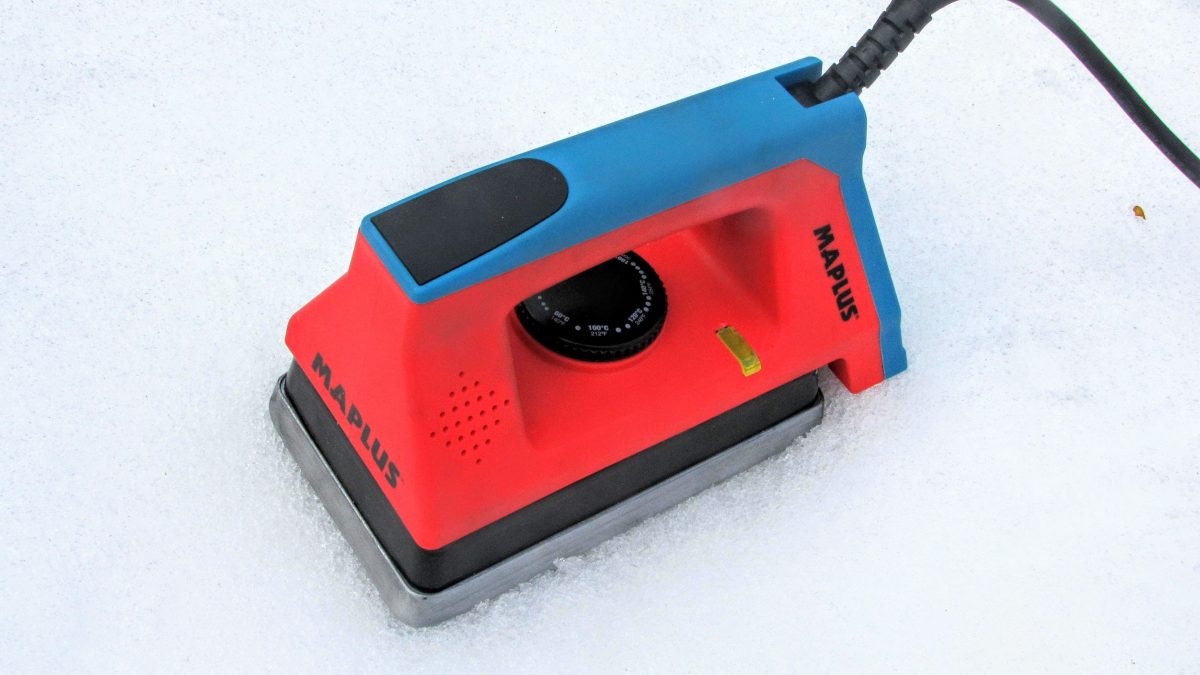
How Mycoal Warm Packs work.
When iron rusts it gives off warmth called oxidising heat, but you cannot feel this heat because its oxidising rate is too slow. If this is speeded up, more heat is produced. This is the principle behind MYCOAL WARM PACKS.
The warmers are activated by removing them from their protective airtight packaging to expose them to air. The blended ingredients of iron, salt and water, combined with the oxygen from the air, causes the rapid oxidisation of the iron particles. This reaction produces heat. The heating temperature and duration are controlled by the amount of air ventilation, which passes through the many tiny holes on the inner packets. The duration of the reaction is finite and the warmer should be disposed of after it has cooled.
Nope.
Handwarmers are engineered to work with a richer oxygen content, closed in shoes tend to restrict available oxygen. The opposite is also true of course! If you put footwarmers inside gloves you will find that they get incredibly hot, potentially being hazardous. Please use the warmers as recommended.
Our packs are manufactured in Japan by the Mycoal factory, they have been making these products for many many years and have a total obsession with quality. Every single aspect of the process is rigorously controlled from the particle size to the number of holes in the inner pack. This results in a very reliable and consistent product. Obviously, the raw materials are very carefully chosen to provide the consistent duration and heat output required. This raw material is subjected to quality testing before usage.
At the factory one of the interesting aspects is actually the packaging material, this is a vital component of the disposable warmer. Its function is quite critical to exclude unwanted oxygen, to preserve the warmer until its needed.
Our material is so good at this task that we have a four year expiry date from manufacturing. But, in common with all statistics given, this is a minimum! If your warmer has past its expiry date by a few years, just go right ahead and use it. It may not give quite at as much heat as a fresh one, but it’ll probably work. Our warmers regularly are found tucked into drawers and used after fifteen years or so. We do prefer our products to under-promise and over-deliver!
Absolutely. If you are a bona fide business customer, we’d love to give you trade pricing! We even have an online trade ordering system in the pipeline that’ll allow you to place orders 24-7! Contact us by email or phone for a chat.
We’re always looking for new European distribution partners too! Meet us at ISPO Munich or call.
Copy of terms and conditions.
Delivery and returns policy.
Privacy Policy.
We promise never to sell or market your email or other details. We loathe spam and know you do also, so we won’t bombard you with marketing messages. We’ll guard your details jealously. All the information you provide is used to deliver the service or goods that you requested. We don’t release this unless legally asked to do so by officials.
If you want the full legal version its here. (Link to follow!)
Sadly, this is not true. There is actually not a real ‘Universal’ wax. There’s a whole bunch of wax techs, that would probably be out of a job if there was such a thing.
The real truth is that it is not possible, with our current products, to cover such a huge temperature range with a single product. The universal wax products are actually, for the most part, a fairly unrefined hydrocarbon (paraffin) wax, with a few additional components. The effective temperature range where performance is delivered, is a fairly narrow band within the wider quoted temperature range. In practice a wax that quotes -20 to +15 will show a measurable performance increase to an unwaxed ski over the entire range, whilst giving perhaps a better performance increase over the range -10 to 0.
If we are interested in performance gains, a wax suited to the snow conditions will always give a better end result. However, we can also state categorically that any wax is better than no wax!
As per usual, there are no magic bullets and no unicorns either.

Wow, that ones a biggie! Its probably a whole website (or two) of content required. It is a subject bigger than this page, but we’ll work on more helpful content as we go!
However, it’s certainly within anyone’s ability to learn how to deliver a basic ski service. The very best method is to attend a one day course. You can book a suitable course through The Piste Office, based near Nottingham, we are very happy to recommend Jon’s service tuition. He teaches many students every year and has a purpose designed workshop for this. This will give you the foundation to move ahead with confidence.
A further learning method would be to research carefully on Youtube. Be aware that not all video demonstrations are authoritative and some even provide somewhat misleading information. My best advice here is to be prepared to review several videos from different creators and gain a general sense of what is to be done. Move forward in baby steps and be prepared to alter your working method as you discover new information. Myself, I’ve been tuning skis since the late 80’s and I’m still discovering new techniques and applying them in my own work.
Please don’t feel that its a tricky process, it simply is a few hand tools and a few techniques. Not Rocket Science, though you might feel that your skis are rockets after your hard work.
